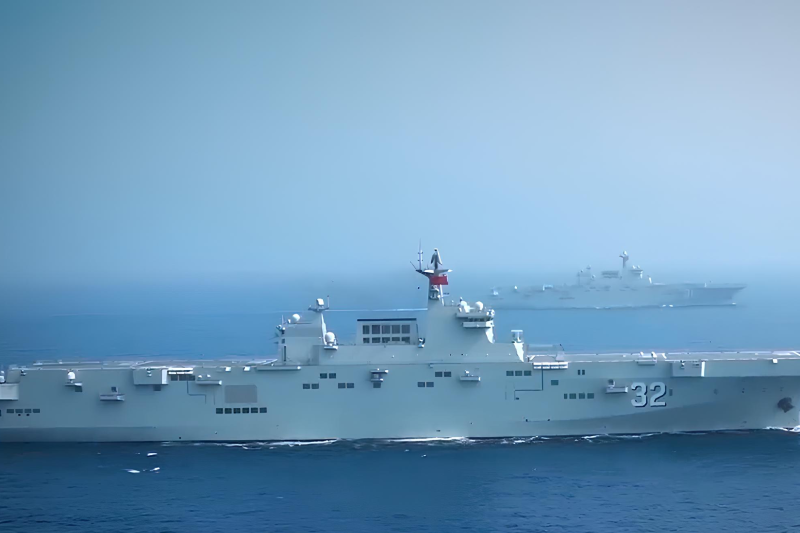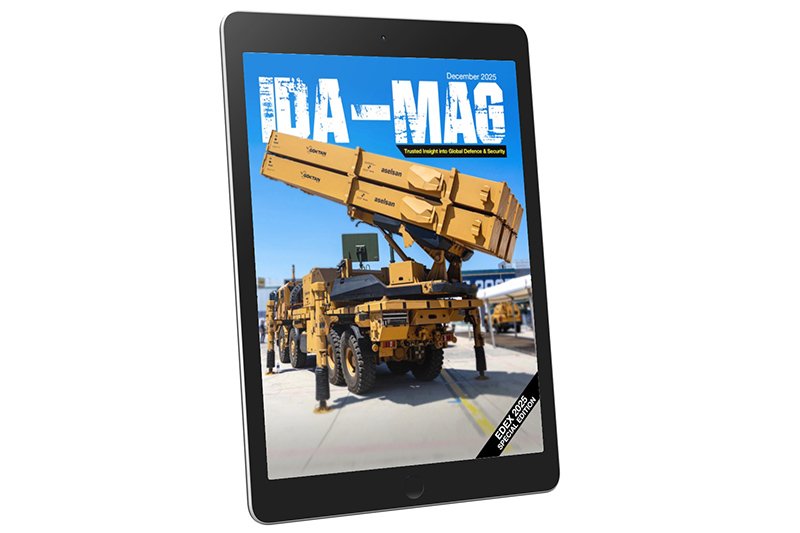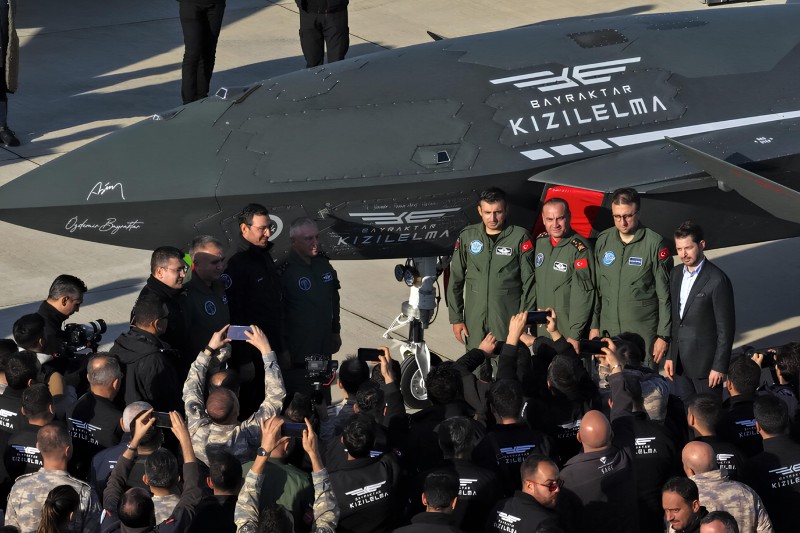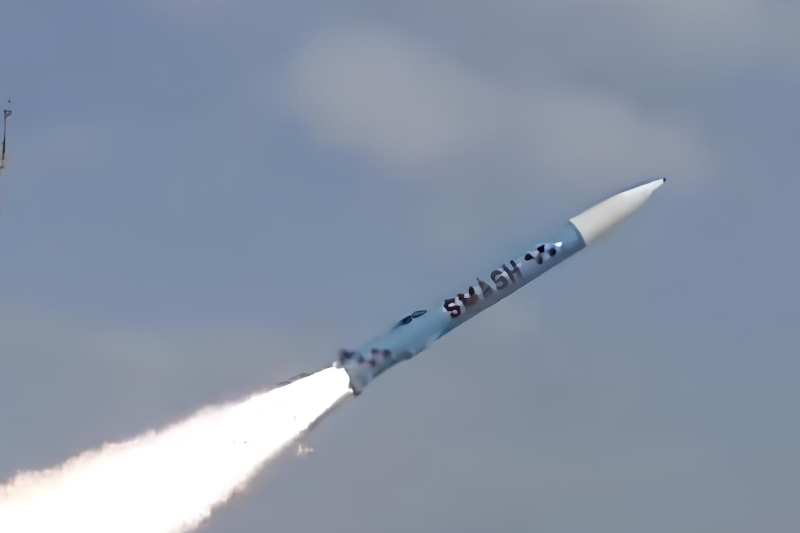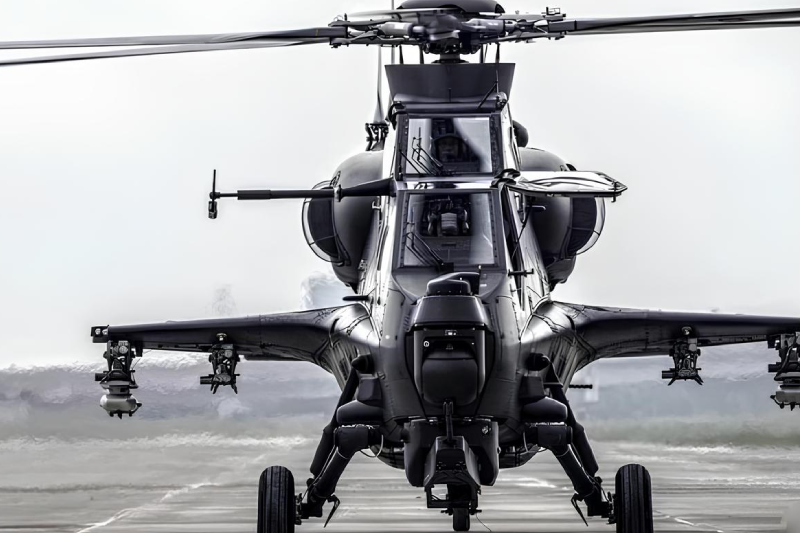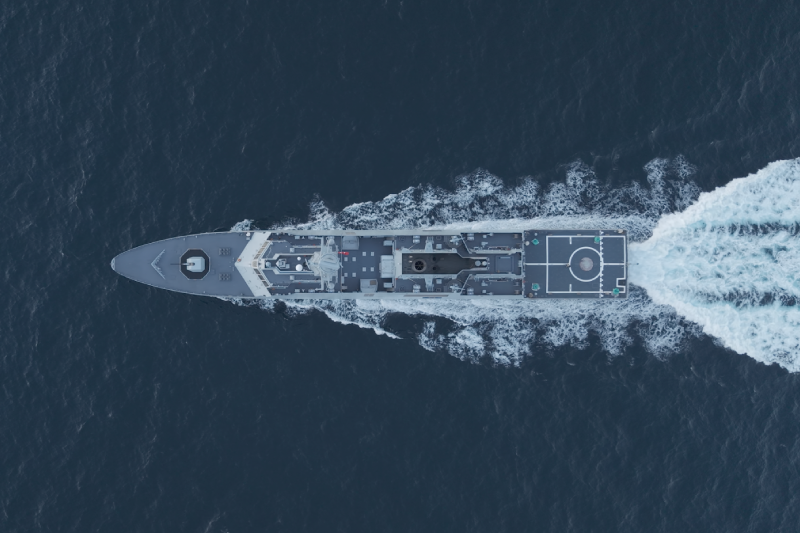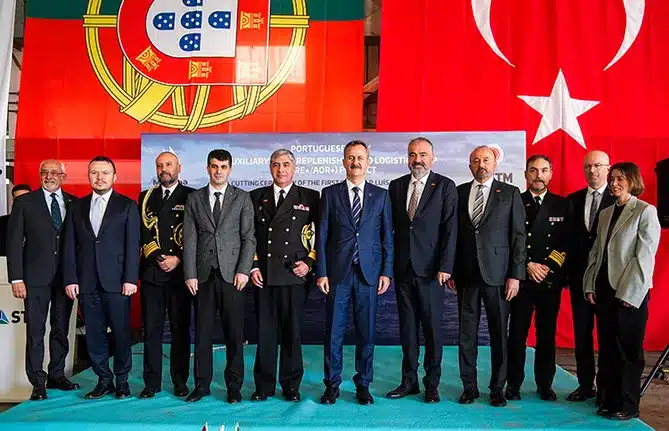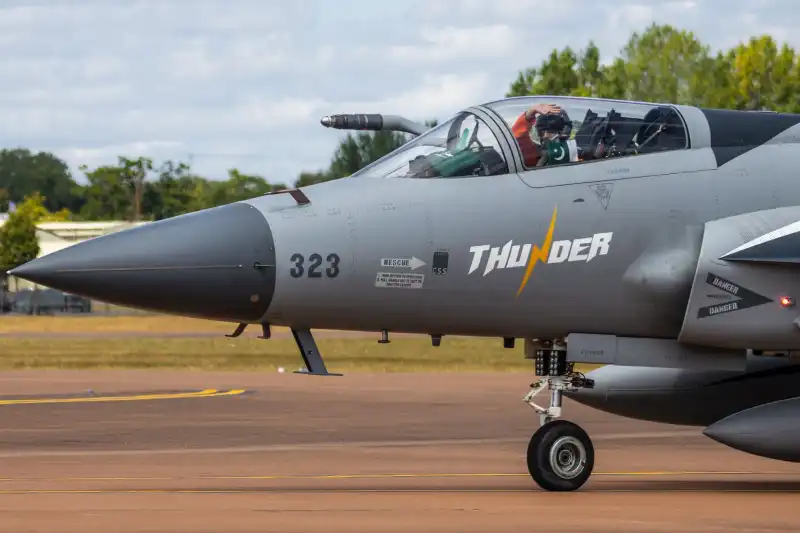PAF’s JF-17 Thunder Block III Steals Spotlight at UK Airshow
The Pakistan Air Force (PAF) is set to make waves at the prestigious Royal International Air Tattoo (RIAT) 2025 with its advanced JF-17 Thunder Block-III fighter jets. A PAF contingent featuring these cutting-edge aircraft and a C-130 Hercules transport plane has arrived at the Royal Air Force Base Fairford in the United Kingdom, marking a significant moment for Pakistan’s aviation industry. RIAT, running from July 18 to 20, stands as one of the world’s largest military airshows, attracting aviation enthusiasts and defense experts from across the globe. The PAF’s participation underscores its commitment to showcasing professional excellence and the indigenous strength of its aviation capabilities. Let’s explore how PAF’s JF-17 Thunder Block III Steals Spotlight at UK Airshow & how this advanced fighter jet captured global attention.
JF-17 Thunder Block-III: A 4.5-Gen Leap
The JF-17 Thunder Block-III represents a major leap in Pakistan’s defense technology as a 4.5-generation multi-role fighter jet. Equipped with an advanced AESA radar and long-range Beyond Visual Range (BVR) missiles, this aircraft demonstrates Pakistan’s growing prowess in modern aerial warfare. Its journey to the UK included a successful Air-to-Air Refueling operation with a PAF IL-78 tanker, showcasing the aircraft’s extended operational range and the air force’s capability to conduct complex missions beyond its borders. This technological achievement highlights the PAF’s growing sophistication in maintaining and operating advanced fighter jets.
RIAT 2025 Showcase
The JF-17 Thunder has already proven its combat effectiveness during the Pakistan-India conflict, where aircraft from the Kamra-based 15 Squadron played a pivotal role in downing 6 Indian jets. This engagement, considered one of the largest air-to-air battles in South Asia in over fifty years, demonstrated the JF-17’s capabilities in real combat situations.
The aircraft’s performance during this conflict has generated significant international interest, making its appearance at RIAT 2025 particularly noteworthy for defense analysts and aviation enthusiasts alike. The JF-17’s combat record adds substantial credibility to Pakistan’s claims about the aircraft’s capabilities.
Enhanced Visual Appeal for Global Audience
For its RIAT debut, the JF-17 Thunder Block-III sports a striking new camouflage scheme that has captured attention across social media platforms. The aircraft features a green tail with the Pakistani flag, a light and dark gray fuselage, and a distinctive white thunderbolt design across its wings. This special livery, likely reserved for demonstration purposes, differs from the standard military gray or green camouflage typically seen on operational JF-17s. The radar dome stands out in dark gray, while the word “Thunder” appears prominently below the cockpit, emphasizing the aircraft’s namesake. This visually striking presentation enhances the jet’s appeal to the international audience at RIAT.
Historic RIAT Debut for JF-17 Thunder
The JF-17’s participation in RIAT 2025 marks a significant departure from previous years when the PAF primarily showcased its C-130 Hercules transport aircraft. This year, the Thunder Block-III will be the star attraction, participating in both static displays and flight demonstrations. Visitors can expect to see the aircraft’s impressive maneuverability, speed, and combat capabilities firsthand.
The flight demonstrations will particularly highlight the advanced features of the Block-III variant, including its AESA radar system and improved avionics. The simultaneous display of the C-130H will also demonstrate Pakistan’s logistical and transport capabilities, providing a comprehensive view of the PAF’s operational diversity.
Modular Design for Versatile Combat Roles
Developed through a collaborative effort between China’s Chengdu Aircraft Corporation and Pakistan’s Aeronautical Complex, the JF-17 Thunder represents a successful example of Pakistan-China defense cooperation. Designed to replace aging fighters like the Mirage III/V and F-7 in Pakistan’s inventory, the JF-17 combines affordability with advanced capabilities.
The aircraft’s modular design allows for easy integration of various systems and weaponry, making it adaptable to different operational requirements. With a length of 14.93 meters, wingspan of 9.46 meters, and maximum takeoff weight of 13,500 kg, the JF-17 achieves speeds up to Mach 1.6 thanks to its RD-93 engine, a variant of the MiG-29’s RD-33 powerplant.
AESA Radar: Game-Changing Detection
The JF-17’s avionics package stands out as one of its strongest features. The Block-III variant introduces significant upgrades, including an advanced AESA radar that offers superior detection and tracking capabilities compared to previous mechanically scanned radars. The cockpit features a modern interface with three multifunctional displays, a wide-angle holographic head-up display, and a Hands On Throttle And Stick system.
The addition of a helmet-mounted display in the Block-III variant allows pilots to lock onto targets simply by looking at them, providing a crucial advantage in close-range air combat. These technological advancements position the JF-17 as a competitive option in the global fighter jet market.
Multi-Role Combat Capabilities
With seven hardpoints capable of carrying up to 3,630 kg of ordnance, the JF-17 boasts impressive weapons flexibility. The aircraft can be armed with various Chinese air-to-air missiles including the PL-5, PL-10, PL-12 & PL-15, along with precision-guided bombs for ground attack missions. A twin-barrel 23mm Type 23-2 cannon provides close-range firepower.
This versatile armament configuration enables the JF-17 to perform multiple roles effectively, from air superiority missions to ground strikes and maritime operations. The aircraft’s combat performance against Indian jets has validated its weapons systems in actual combat conditions.
Showcasing Technological Independence
The JF-17’s appearance at RIAT carries significant geopolitical implications beyond its technical demonstrations. By showcasing its indigenous fighter at a major Western airshow dominated by NATO aircraft, Pakistan sends a clear message about its technological independence and growing defense capabilities.
The participation also serves as a subtle affirmation of the strong strategic partnership between Pakistan and China, particularly in the context of regional security dynamics. For potential international buyers, especially from developing nations, the JF-17 presents an attractive combination of modern technology and affordability compared to Western alternatives like the F-16 or Gripen.
Block-III’s Competitive Edge in Arms Market
RIAT 2025 provides Pakistan with an ideal platform to market the JF-17 Thunder to potential international customers. Several countries, particularly in Africa and the Middle East, have shown interest in the aircraft as a cost-effective solution for their air defense needs. The Block-III variant, with its advanced AESA radar and improved avionics, makes the JF-17 particularly competitive in the global arms market.
Pakistan’s ability to demonstrate the aircraft’s capabilities at a prestigious international venue like RIAT could significantly boost its export prospects. Successful foreign sales would not only benefit Pakistan economically but also strengthen its position as an emerging player in the global defense industry.
The JF-17 program represents a milestone in Pakistan’s journey toward self-reliance in defense technology. While the aircraft was developed in collaboration with China, Pakistan has increasingly taken ownership of production and upgrades through its Aeronautical Complex. This growing technical expertise allows Pakistan to customize the aircraft to its specific operational requirements and offer tailored solutions to potential buyers. The JF-17’s evolution from the initial Block-I to the current Block-III demonstrates Pakistan’s ability to incorporate increasingly sophisticated technologies into its indigenous defense production.
JF-17 at RIAT: A Symbol of National Pride
Beyond its military significance, the JF-17’s participation in RIAT serves as a source of national pride for Pakistan. The aircraft symbolizes the country’s technological progress and its ability to compete in the high-stakes world of military aviation. For the Pakistani diaspora in the UK and aviation enthusiasts worldwide, seeing the JF-17 perform at such a prestigious international event provides a tangible demonstration of their nation’s achievements. The striking camouflage scheme and dynamic flight demonstrations will undoubtedly leave a lasting impression on spectators and help reshape perceptions about Pakistan’s technological capabilities.
Don’t miss this: Can China and Pakistan Exclude India from the SCO?
RIAT 2025: Pakistan’s Aerospace Milestone
As the Pakistan Air Force prepares to showcase the JF-17 Thunder Block-III at RIAT 2025, the event marks a defining moment for the country’s aviation industry. The aircraft’s combat-proven performance, advanced technology, and striking appearance combine to create a compelling demonstration of Pakistan’s growing aerospace capabilities. Whether viewed through the lens of military technology, geopolitical strategy, or national pride, the JF-17’s participation in this prestigious airshow represents a significant achievement.
As the Thunder soars over the UK skies, it carries with it not just the aspirations of Pakistan’s defense establishment, but also the promise of a more prominent role in the global aerospace industry. The world will be watching as Pakistan’s homegrown fighter makes its mark on one of aviation’s biggest stages.
Join us on Facebook, Twitter, YouTube, Instagram, and TikTok for real-time coverage of defense events worldwide.
Discover more from International Defence Analysis
Subscribe to get the latest posts sent to your email.



